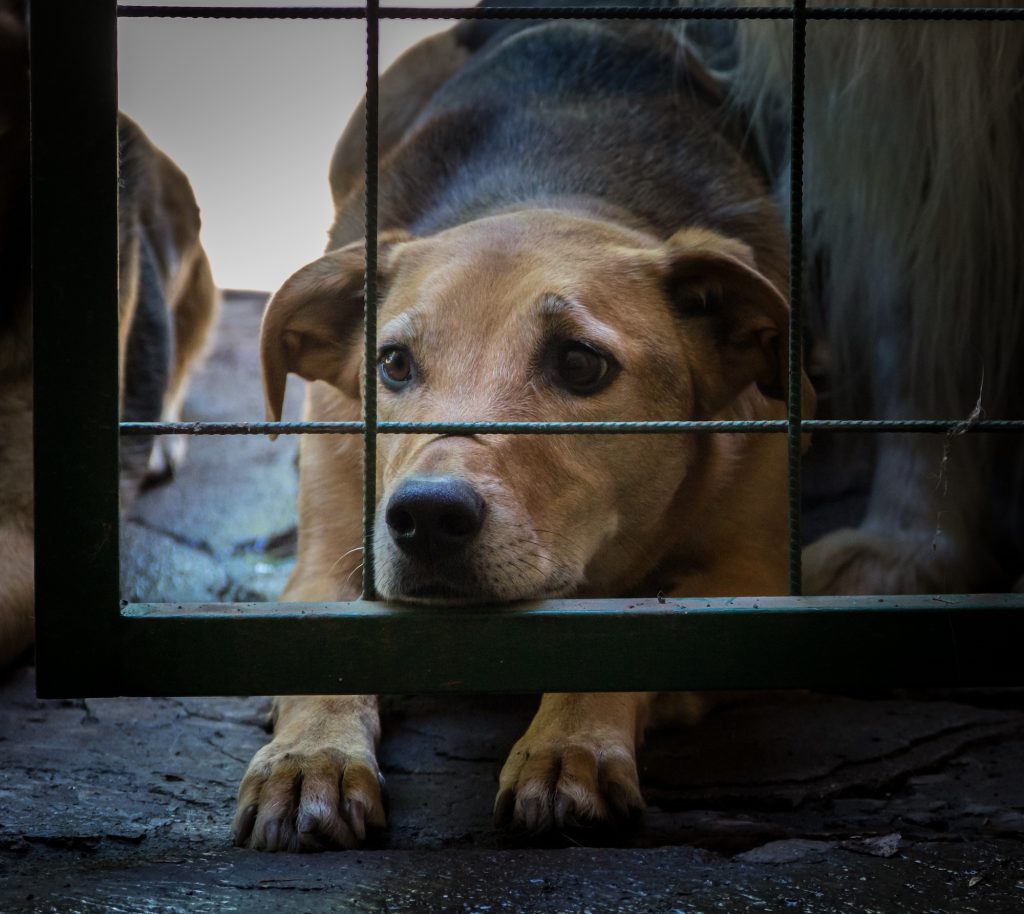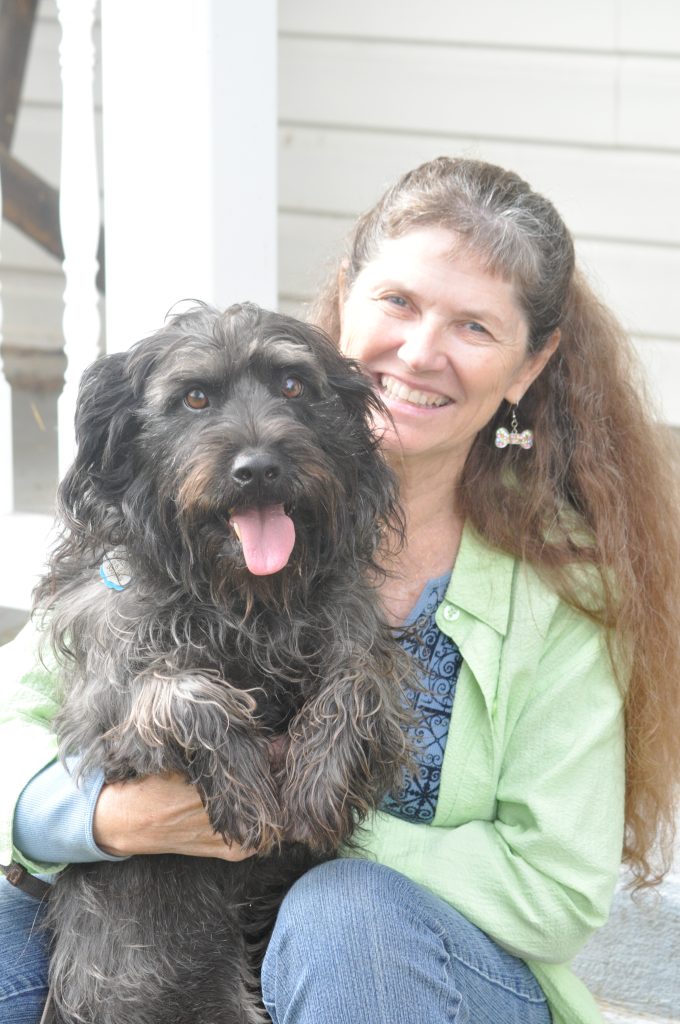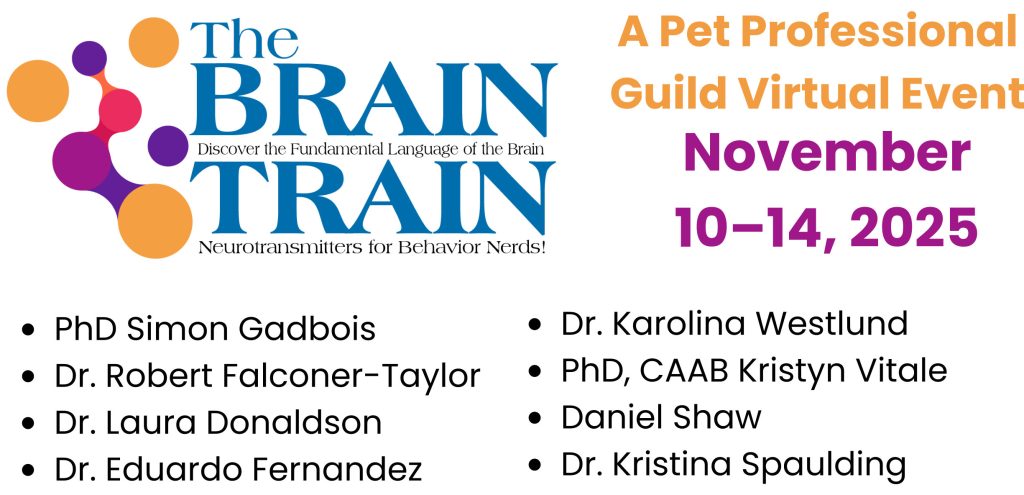Barks Blog
What’s Wrong With No Kill?
by Pat Miller
Those who know me know that I abhor the entire deceptive, unethical, abusive “no-kill” movement. When I first spoke out against no kill at conferences 20-plus years ago, I was greeted by a roomful of puzzled looks and verbal resistance. Today, I get wild applause. Our industry has come to understand how damaging the so-called no-kill movement actually is.
Imagine a world where no dog is euthanized for homelessness: more homes than dogs; waiting lists at dog adoption sources; potential adopters anxiously awaiting the next available canine. Every dog is treasured. That’s a lovely vision, but it is just a vision. Despite legions of shelters touting no-kill status and proponents who claim every shelter can be no kill, we’re far from a “No-Kill Nation.” In fact, the no-kill movement is responsible for an ever-increasing number of abandoned animals in communities as people find themselves in situations where they must give up their animal companions and shelters, even tax-funded municipal shelters, refuse to take them. Additionally, we are seeing a massive increase in the number of animals who suffer in hoarding situations masquerading as no-kill shelters and rescues.

When I started working at a California shelter in 1976, the estimated number of animals euthanized at shelters for lack of homes was 17 to 18 million. Today, an estimated 607,000 homeless pets are euthanized at animal shelters in this country annually—a huge improvement, and still a huge number. But that’s not a laudable decrease when it means animals are being abandoned and are living for years in crowded shelter cages and crates stacked in “rescue” garages.
Plus, it’s all very deceptive and misleading. The public reasonably thinks “no kill” means no animals are euthanized. However, the animal protection profession defines no kill as no euthanasia of adoptable, treatable, rehabilitatable (medically or behaviorally) animals. And a shelter can call itself “no-kill” with a 90% “live release” rate (up from 80% in the past), meaning they can still euthanize 10% of their “adoptable” animals. The public doesn’t know or understand this.
While this may be a reasonable definition of no kill, it’s confusing. One shelter decides a dog with mild resource guarding can’t be rehabilitated because they don’t have staffing to implement behavior modification programs, or they have low risk-tolerance for aggression. Another shelter has a behavior department and commits resources to behavior modification. At the first shelter the dog dies. At the second, the dog lives. They’re both “no kill” by industry definition. The same is true with physical ailments. One shelter isolates and treats a dog with an upper respiratory infection. Another euthanizes that same dog due to lack of resources. Both are “no kill.”
There are legitimate “limited admission” shelters that rarely euthanize. These shelters generally avoid the “no kill” term; they honestly admit that there are times when the humane choice is to euthanize an animal. They acknowledge that they can exist because another shelter in the community cares for—and euthanizes—animals the limited admission shelter can’t or won’t.
Some well-run limited admission shelters disingenuously call themselves no kill, hiding behind the industry definition. Some also claim the no-kill designation because when an animal must be euthanized they don’t do it—they send it to a full-service shelter.
The public reasonably thinks “no kill” means no animals are euthanized. However, the animal protection profession defines no kill as no euthanasia of adoptable, treatable, rehabilitatable (medically or behaviorally) animals.
There are other problems with no kill. Competition for donation dollars is fierce. The appeal of the no-kill designation draws millions of dollars from the limited donor pool. Full-service shelters caring for animals who are just as needy, if not more so, struggle to convince donors not to jump ship for organizations with a happier-sounding mission. Maddie’s Fund offers grants to communities whose animal groups work together to become “adoption-guarantee” communities. Participating shelters may end up euthanizing similar numbers of animals, they just label them differently to comply with the no-kill definition. Shelters learn to play the semantics game in order to benefit financially. And responsible, caring shelters that do the difficult job of caring for all animals in need, and the emotionally draining task of humanely euthanizing those for whom there are no homes, earns them the horrible label of “kill shelter.”
Some groups are reluctant to turn animals away or euthanize even when humane ethics demand it. Quality of life takes a back seat in overcrowded facilities. Many dogs, kenneled for life, suffer psychological distress resulting in depression, aggression, and obsessive disorders. Refusal to euthanize results in mental and/or physical suffering and severely restricts the number of additional healthy, adoptable dogs these facilities could help. Concurrent with the rise of the no-kill movement is a quantum rise of animal hoarders who often position themselves as legitimate rescue groups, frequently receiving dogs from low-kill and no-kill shelters desperate to keep statistics rosy.
Another deceptive practice of the no-kill world is shuffling dogs from one shelter to another. Say a dog has been at one shelter for two years. The shelter sends the dog off to another shelter and claims it as a “live release” on their statistics. The dog spends another year in a kennel at that shelter and then gets shipped to yet another shelter or rescue—another “live release” on the statistics, and the dog is still miserable, living its life in a cage.
Someday all animals who have adoption potential will find lifelong loving homes. That day isn’t here—it isn’t now, but it’s out there. It will require the continued efforts of dedicated, realistic animal protection professionals who perform the hard work of public education, spay/neuter campaigns, animal behavior and training programs, and, yes, euthanasia rather than semantics magic. It will take many more years. But the day will come. Meanwhile, there are things far worse than a gentle death in the arms of a caring animal care professional.

Pat Miller is a Certified Canine Behavior Consultant and Certified Professional Dog Trainer. She offers force-free classes, behavior modification services, workshops, and academies for trainers at her 80-acre Peaceable Paws training facility in Fairplay, Maryland, and presents seminars worldwide. She is author of The Power of Positive Dog Training (2001) and seven other books on dog training and behavior (most recently the very popular Beware of the Dog, on canine aggression), plus a co-compiler/editor of Veterinary Co-operative Care. She was training editor of The Whole Dog Journal from 1999 to 2024 and has written more than 500 articles for The Whole Dog Journal, Tuft’s University’s Your Dog, The Bark, Popular Dogs, and several other publications. She has worked professionally with animals her entire life. She shares her home with husband Paul, two dogs, four cats, and two horses (and eight more boarded horses).

